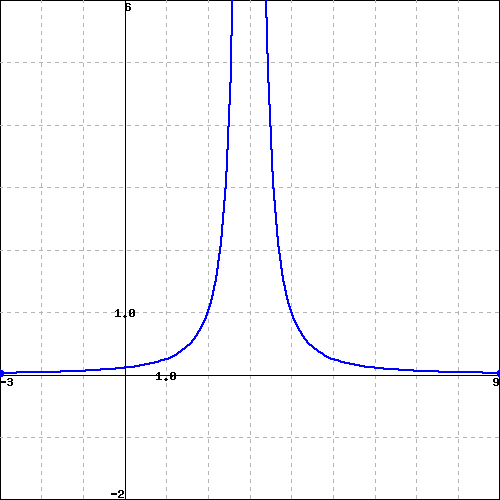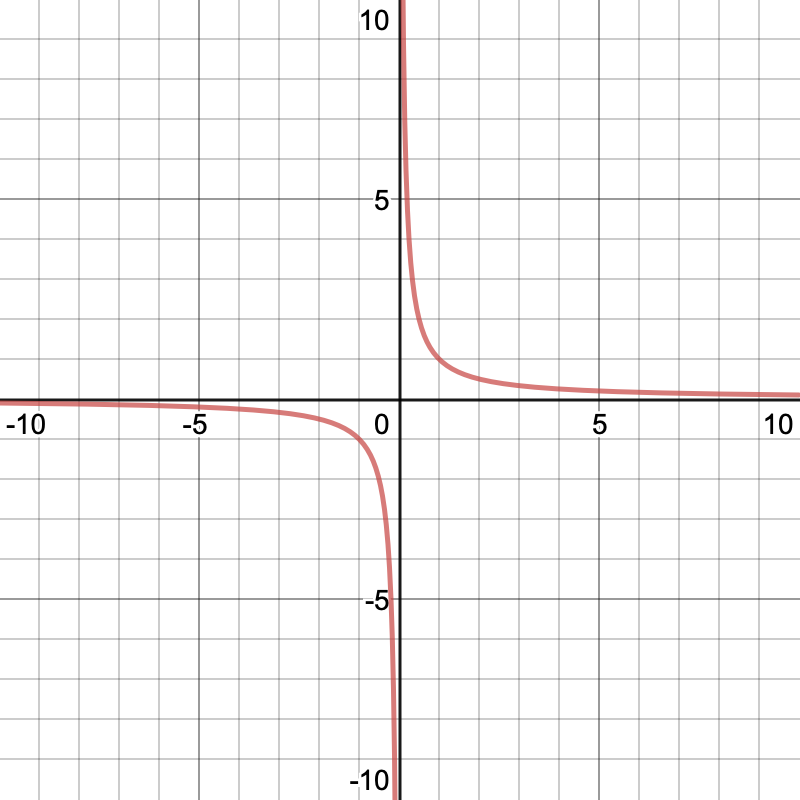Consider the function \(\displaystyle g(x)=\frac{x}{(x+3)^2}\text{.}\) The point \(x=-3\) is not in the domain of \(g(x)\text{,}\) if you try to plug in \(x=-3\) you get \(\displaystyle \frac{-3}{0}\) which tells you that there is a vertical asymptote at \(x=-3\text{.}\)
To evaluate the \(\displaystyle \lim_{x\to-3} \frac{x}{(x+3)^2}\text{,}\) we must again look at the limit from the left and the limit from the right. To do so we will plug in a value of \(x\) slightly less than \(-3\) and slightly greater than \(-3\text{.}\)
When \(x=-3.1\text{,}\) \(\displaystyle g(-3.1)=\frac{-3.1}{(-3.1+3)^2}=-301\lt0\text{,}\) since this is negative this tells us that
\begin{equation*}
\lim_{x \to -3^-} g(x)=-\infty\text{.}
\end{equation*}
When \(x=-2.9\text{,}\) \(\displaystyle g(-2.9)=\frac{-2.9}{(-2.9+3)^2}=-291\lt0\text{,}\) since this is negative this tells us that
\begin{equation*}
\lim_{x \to -3^+} g(x)=-\infty\text{.}
\end{equation*}
Since the two sides are equal then
\begin{equation*}
\lim_{x \to -3} g(x)=-\infty\text{.}
\end{equation*}


